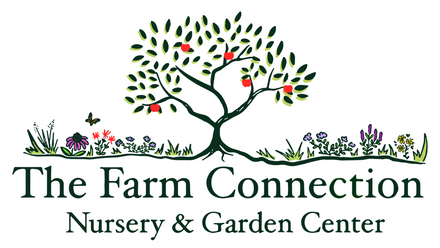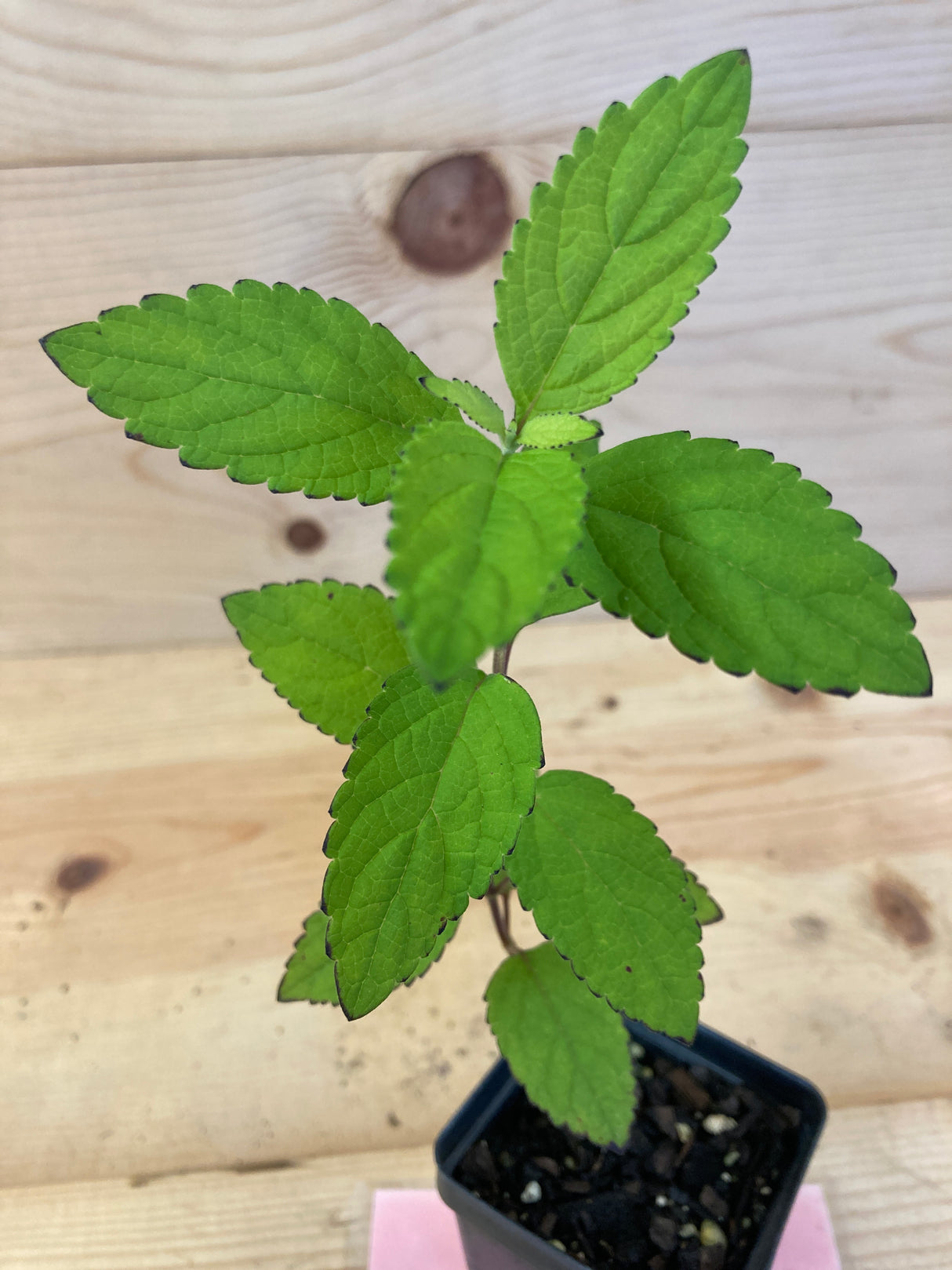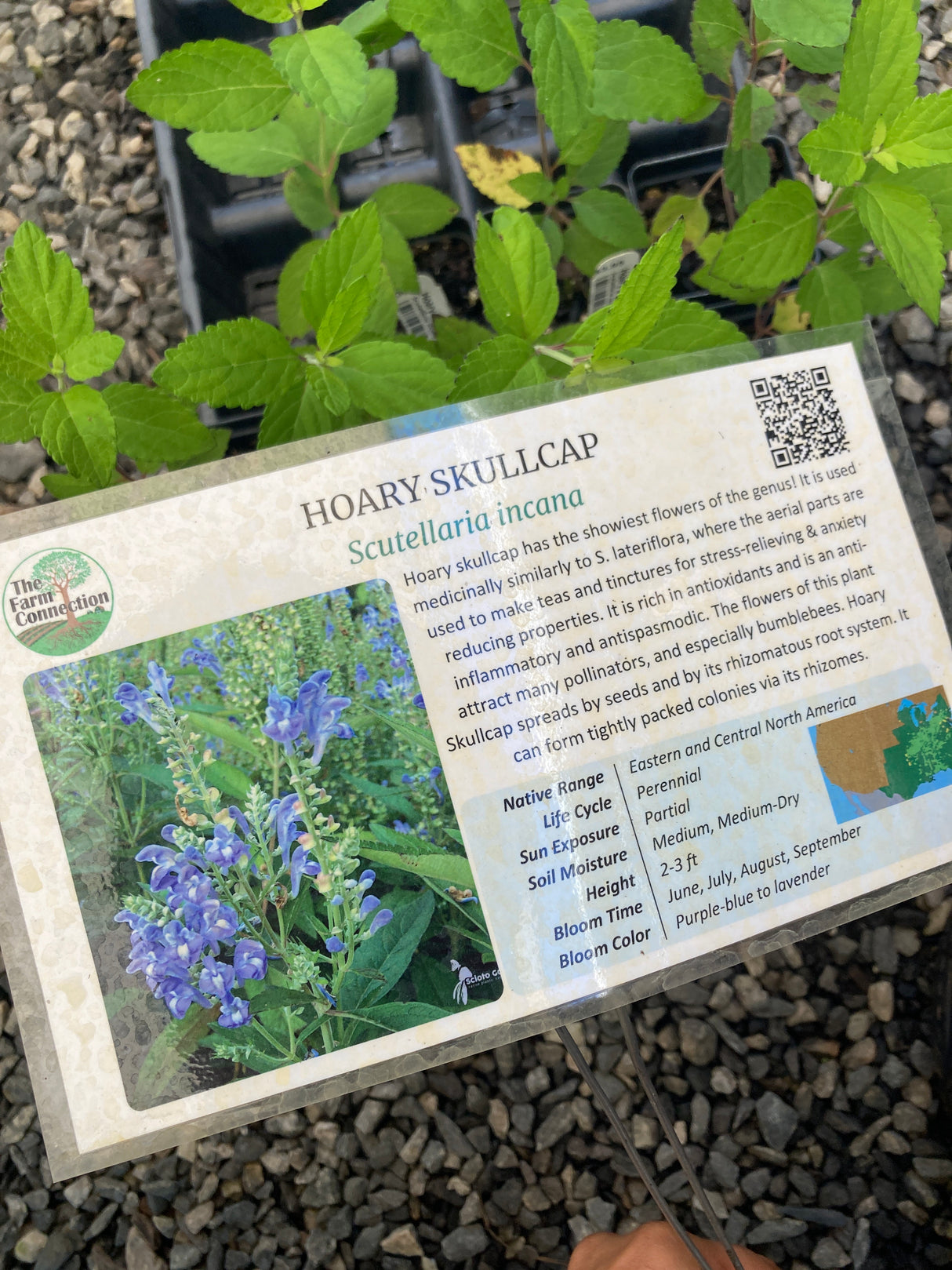Skullcap, Hoary
Late-Season Nectar Boost for Native Bees
Skullcap, Hoary - Quart is backordered and will ship as soon as it is back in stock.
Subscribe to our newsletter
Get the latest updates on all our new collections, sales, offers and product arrival dates.
Hoary Skullcap (Scutellaria incana)
A beautiful native mint family perennial, Scutellaria incana-commonly known as Hoary Skullcap-is a striking summer-blooming wildflower with strong ecological value and aesthetic appeal. Its upright spikes of blue to violet flowers bloom profusely from mid to late summer, attracting a wide array of native pollinators. This skullcap is not typically used medicinally like its cousin Scutellaria lateriflora, but it plays an essential role in native meadow and woodland edge plantings for biodiversity enhancement.
Key Characteristics
-
Important Late-Season Pollinator Plant
Hoary Skullcap blooms from July into September, providing critical nectar and pollen during the late summer gap when many spring and early-summer bloomers have faded. It's especially valuable to native bumblebees, sweat bees, and small carpenter bees. -
Supports Native Specialist Insects
This plant supports pollinators such as Ceratina (small carpenter bees) and is visited by the hoary squash bee (Peponapis pruinosa), among others. Its tubular flowers are a good fit for long-tongued bees. -
Strong Vertical Accent in Native Plantings
Its upright form and showy blue flowers make it excellent for visual structure and vertical layering in native garden beds, prairie restorations, and pollinator strips. It works well in naturalized areas and layered under taller shrubs or open-canopy trees. -
Tolerant and Adaptable in Garden Settings
Thriving in medium to medium-dry soils, Hoary Skullcap is drought-tolerant once established and does well in partial sun to light shade. This makes it an excellent candidate for woodland edge gardens, open woods, or the understory of agroforestry systems where filtered light is available.
Product Details
-
Native range: Central and eastern U.S., especially Midwest and Southeast
-
Plant life cycle: Perennial
-
Sun requirements: Full sun to part shade
-
Soil requirements: Medium-dry to medium, well-drained soils
-
Mature height: 2-3 feet
-
Bloom time: Mid to late summer
-
Bloom color: Violet to blue
-
USDA Hardiness zones: 4-8
This striking and underutilized native wildflower is an excellent addition to any pollinator garden, native meadow, or permaculture project focused on succession planting and insect habitat. Its late bloom time and durable form make it an invaluable species for enhancing biodiversity and supporting pollinators into fall.
-
Sun RequirementsFull Sun, Part Sun/Shade
-
Soil RequirementsMedium-Dry, Medium
-
Bloom ColorViolet, Blue
-
Bloom TimeJuly, August, September
-
USDA Hardiness ZonesZone 4, Zone 5, Zone 6, Zone 7, Zone 8





